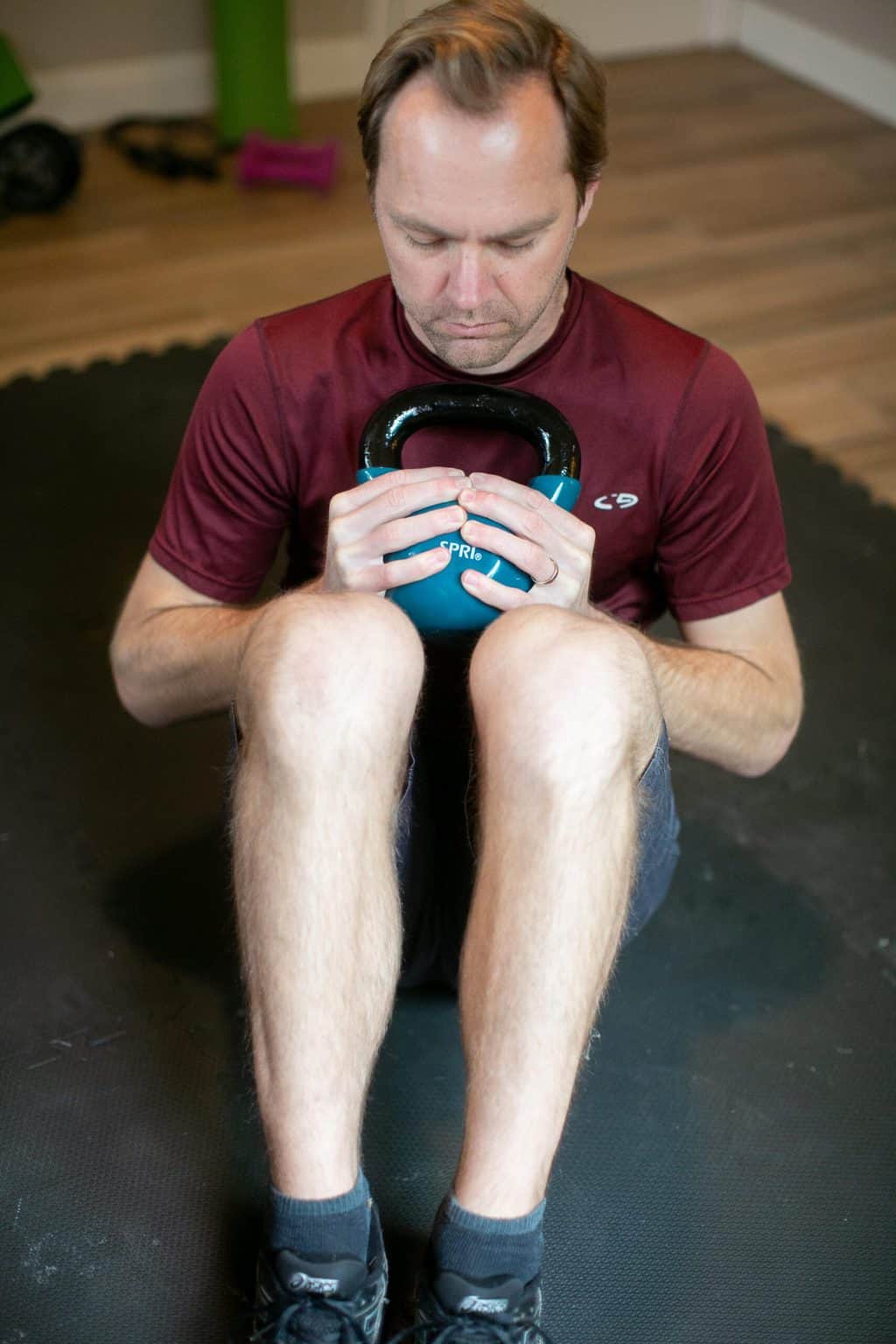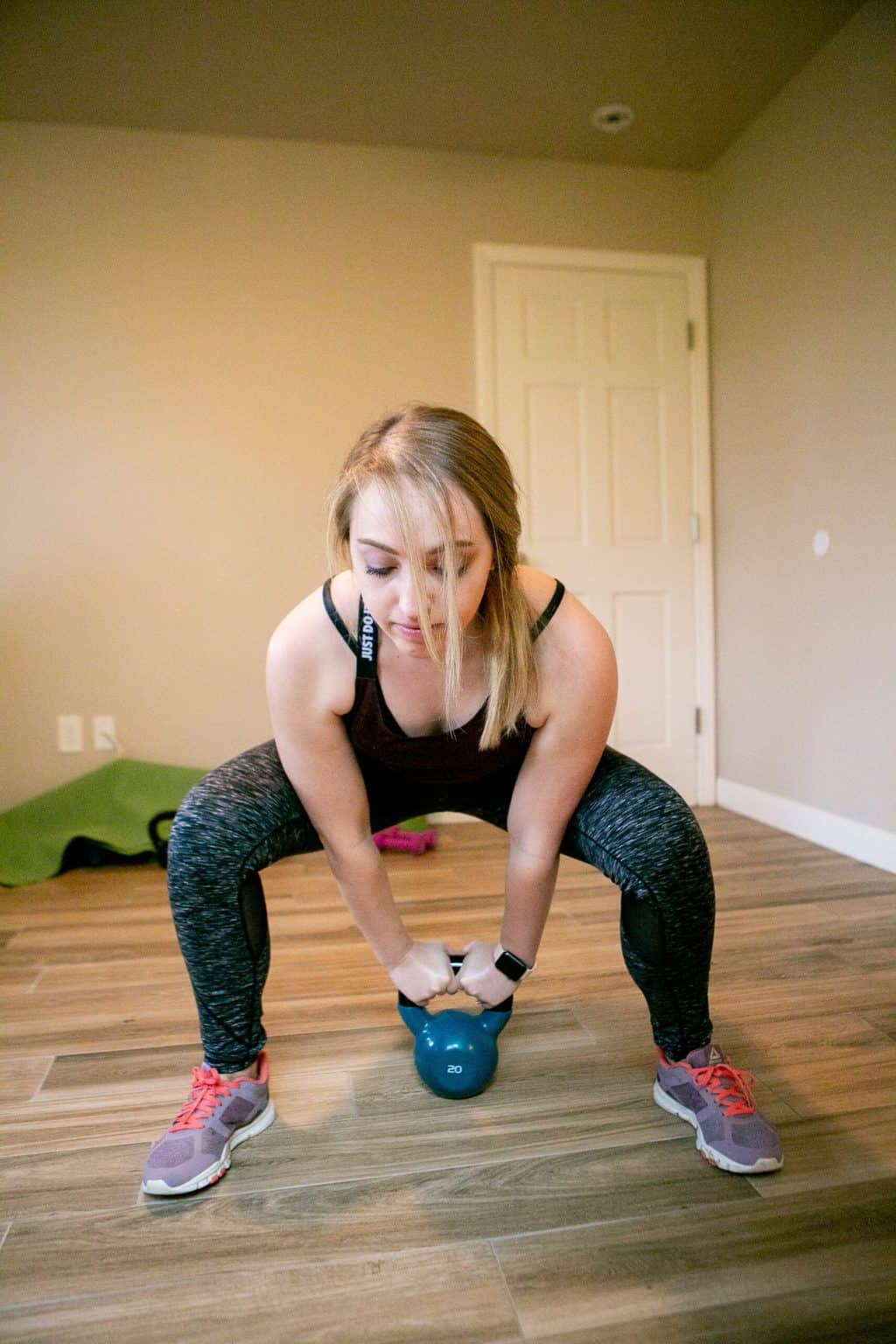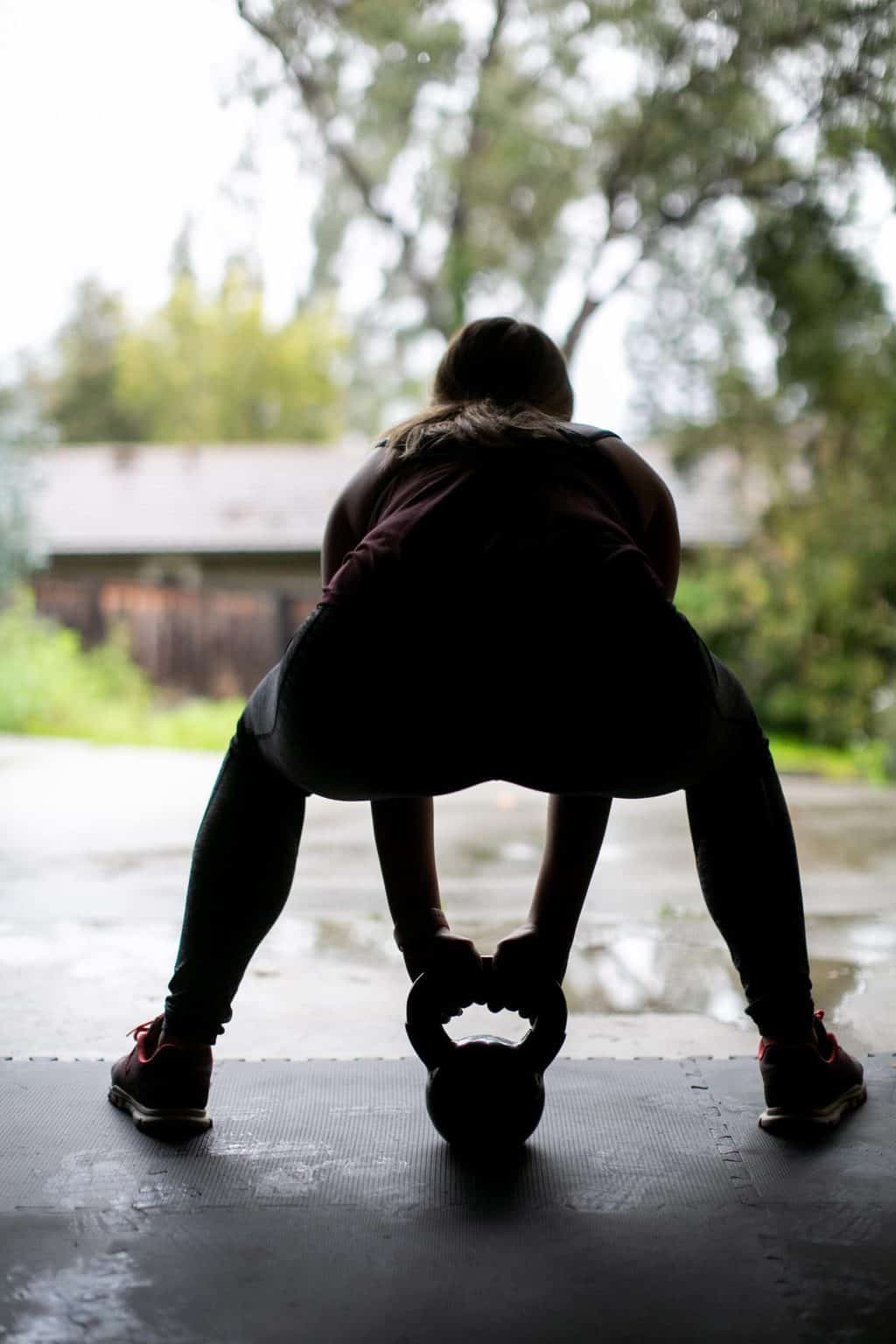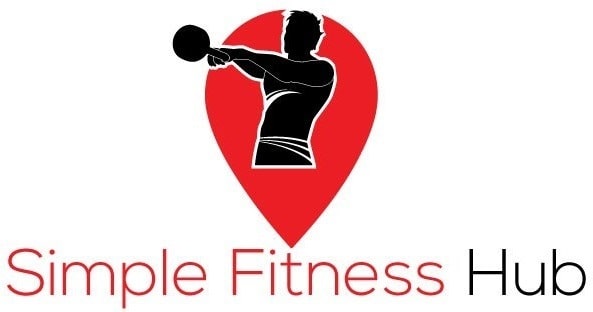Kettlebells come in various weights. You can use them when doing lunges, squats, crunches, and other moves that work your core muscles. Working out with kettlebells not only improves your core strength, but also tones 600 other muscles in your arms, legs, glutes, and back. It is the perfect workout for those having trouble fitting exercise in to their daily schedule.
Can You Do Kettlebell Training Every Day?
It is okay to do kettlebells every day. Pavel Tsatsouline, who popularized Russian kettlebell training, advocates doing swings everyday. This is based on a concept called “greasing the groove.” This means that by doing something more frequently, your body adapts to it and masters that movement.
While kettlebell enthusiasts cheer on training every day, there is one more you should listen to – your body. As with any workout, your body will need adequate time to recuperate and recover. Kettlebell workouts are intense. Hence, it is better kept short and repeated often.
Factors to Consider Before Kettlebell Training
Recovery
Rest and recovery are just as important as the workout itself. And since kettlebell training works most of the major muscles in the body, it is important to give recovery attention and avoid over training.

Our bodies recover from workouts differently, and depend on these factors:
- Age. As we get older, things start to slow down. A younger body can repair and recover quicker from injuries. Workouts cause microtrauma to the muscle tissues and this needs time to recover.
- Diet. The more you break your body down, the more nutrients it needs to heal itself. In order for your body to recover from a workout quicker, you need to feed yourself with the correct nutrition and the right supplement stack.
- Sleep and stress levels. The majority of muscle repair happens during your sleep so you need to make sure you are getting enough. Stress, on the other hand, affects the whole body and can affect recovery.
The amount of exercise you should do per week depends on how quickly you recover from each workout. You could exercise every day, given that it comprise easy movements and light resistance.
Intensity
Your heart rate offers a more objective look at exercise intensity. In general, the higher your heart rate during physical activity, the higher the exercise intensity.
You can calculate your maximum heart rate by subtracting your age from 220. For example, if you’re 25 years old, subtract 25 from 220 to get a maximum heart rate of 195. This is the average maximum number of times your heart should beat per minute during exercise. Once you know your maximum heart rate, you can calculate your desired target heart rate zone.

- Low Intensity (60 to 70% of Max HR). Low intensity exercises are good for weight loss and cardiovascular conditioning. At this state, your body will be burning fat, pumping blood, and using up your energy at a steady rate, but not so much that you’ll be exhausted. You can usually go for 30 to 60 minutes every day at this level of intensity.
- Medium Intensity (70 to 85% of Max HR). Once you are working out at 70% of your max heart rate, your body starts to feel it. Working at medium intensity requires your body to recover. This is not the preferable level for everyday workouts and should be performed 3-5 times a week. The average exercise time will be about 20 to 30 minutes, but no more than 60 minutes.
- High Intensity (85 to 95% of Max HR). Between 85% and 95% of your max heart rate is the sweet spot for weight loss. It burns large amounts of energy in a short period of time. Triathletes and marathon runners usually workout at this intensity level. Exercise will usually last no longer than 20 minutes, with plenty of rest in between the bursts of high-intensity intervals and done every two or three days.
How Many Kettlebell Swings a Day?
You can do kettlebell exercises every day. You don’t have to do it for hours at a time to reap the benefits. Start by doing kettlebell swings in sets of 10. As you get stronger, you can add more sets to your routine. As a goal, aim to do 10 sets of 10 swings.
Alternating different kettlebell weights will also give your body a chance to recover. If you choose a kettlebell that is too heavy from what you are used to lifting, you are more likely to experience muscle soreness or injuries.
The American Council on Exercise also suggests alternating the number of reps and sets at each workout. This prevents your muscles from adapting to the moves or from slowing your progress.
The trick in an effective kettlebell workout is to keep your movement up for at least 10 to 15 minutes. Choose a kettlebell with weight that would allow you to complete 10 reps with good form.
How Many Times a Week Should I do Kettlebells?
Intense kettlebell training should be limited to 3 – 5 times per week. This is about right to see excellent results.
How often to workout depends on your goal. For general fitness and conditioning, working out about 2 – 3 times per week may be enough. If you are looking to lose some weight and tone your muscles, 3 – 5 times a week sounds about right.
If you are using kettlebells to improve at certain sports, then you should consider using kettlebells along with your chosen sport. Adding kettlebell workouts to other sporting activities should only be 1 – 2 workouts per week.
How Long Should a Kettlebell Workout Last?
Rather than aiming to do rounds of this workout, it is more important to concentrate on proper form. Fagin suggests aiming for 5 to 7 rounds, though it’s always best to concentrate on proper form over speed.
Kettlebells are strength training tools, hence It is advisable to start your workout with a fitness trainer to ensure you are following proper safety techniques. As you get stronger and more comfortable with each move, you will likely be able to fit in more rounds in the 10-minute window.
How Long Does it Take to See Results from Kettlebells?
Kettlebell training will not only improve your physique, it will improve your overall strength, core power, balance, flexibility, and coordination. While it’s working on melting fat and sculpting muscles, you will also develop mental toughness that you were not aware was even possible.

Here are some reasons why you should make kettlebell training part of your workout routine:
- Lose more weight in less time. The vigorous all-muscles-on-deck movements burn about 400 calories in a 20-minute session. It also creates dense muscle mass which burns calories from fat stores all day long while improving your resting metabolism.
- It will make performing usual daily activities easier. Fitness pros also refer to kettlebell training as a functional workout. That means it works your muscles in the same way you do everyday activities.
- Strengthens every muscle from head to toe. Compound, whole body exercises typical of kettlebell exercises are comparable to gym equipment isolating muscles for improving tone, strength, and body composition. It also strengthens the tendons and ligaments, making the joints tougher and thus less susceptible to injuries.
- Boosting the rear in one move. The kettlebell swing is one of the most common moves in a kettlebell workout. This move simultaneously strengthens the back and the abs, requiring you to engage your core in every move.
- Reap benefits of cardio and strength training in one workout. Kettlebell training is incomparable with the conventional bodybuilding or weight training. In every workout, it focuses on movements (not muscles), whole body training, and strength.
- Develop better coordination. Ever heard of muscle memory? It is a form of procedural memory, which involves consolidating motor task into memory through repetition. The brain remembers the movements, not the muscles. Kettlebell exercises train your body as a unit, helping you become more coordinated in each workout session.
Can You Get Ripped with just Kettlebells?
As with any type of workout, the number of calories you burn depends on many factors. These include your body weight, body composition (percentage of muscle versus fat), and the intensity of the workout.
In a study by the American Council on Exercise, 10 of their volunteer subjects burned at least 20.2 calories per minute in an intense kettlebell workout. It is important to note that the subjects in the study only performed 20-minute workouts.
The reason behind this is when you work out intensely, your muscles get fatigued more quickly, making you more susceptible to injuries. You can prolong your workouts by making them less intense. You won’t burn as many calories per minute.
How Often Should You do Kettlebells to Lose Weight?
In general, the safe rate of weight loss in any workout is about 1 to 2 pounds per week. In order to lose weight at the rate of 1 pound per week, you need to establish a calorie deficit of about 3,500 calories per week. Simply put, you need to burn 3,500 calories more than you consume over the course of a week.
A 60-minute kettlebell workout would burn anywhere between 450 to 600 calories. Working out for roughly three hours a week would make you lose half a pound. With that said, how quickly you lose weight will depend on the frequency and intensity of your kettlebell workout routine.
Conclusion
You can train with kettlebells every day, as long as you listen to your body. This should be coupled with the right intensity and appropriate kettlebell weight. When performed correctly, kettlebell training can increase your muscle tone, improve your cardio and mobility, and burn a lot of calories.
